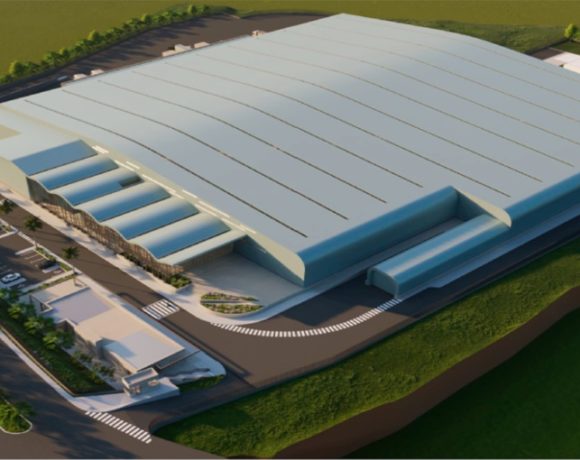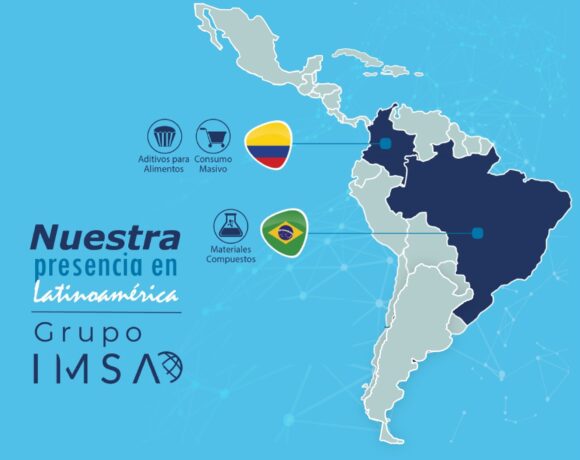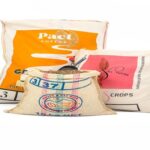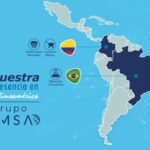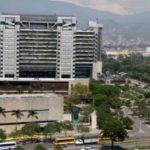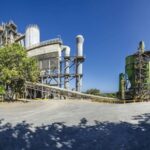Fabricato Posts 3Q 2025 Net Profit, Reversing 3Q 2024 Net Loss
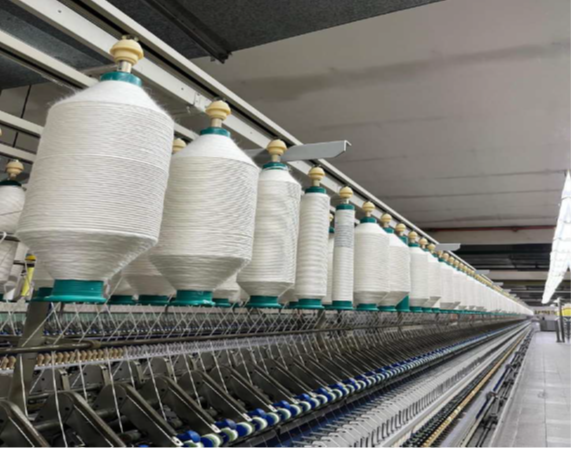
Medellin-based textiles/clothing manufacturer Fabricato on November 13 posted a COP$12 billion (US$3.2 million) net profit for third quarter (3Q) 2025 — a big improvement over the COP$33 billion (US$8.8 million) net loss in 3Q 2024.
“Consolidated accumulated revenues from ordinary activities as of September 2025 were COP$207 billion [US$55 million], a 4% increase compared to the same period in 2024, when revenues were COP$198 billion [US$53 million],” according to the company.
Consolidated earnings before interest, taxes, depreciation and amortization (EBITDA) soared by 344% year-on-year, to COP$40.8 billion (US$10.8 million), compared to COP$9.6 billion (US$2.55) in 3Q 2024.
However, “due to weakening consumption of textiles and apparel, smuggling, and economic uncertainty, sales volume decreased by 2.1% when comparing the third quarter of 2025 to the fourth quarter of 2024,” the company added.
“Accumulated textile revenues from ordinary activities as of September 2025 were COP$192 billion [US$ million], 3% higher than the COP$187 billion [US$49.7 million] recorded in the same period of 2024.”
Net textile profits rose 109% year-on-year, to COP$$3.7 billion (US$985,000), versus a net loss of COP$41.6 billion (US$11 million) in 3Q 2024, according to the company.
“Assets classified as held for sale as of September 2025 increased by 47% compared to the same period of the previous year, due to the reduction in the plant’s installed capacity. This reduction was implemented to maximize efficiency by eliminating unprofitable business lines,” the company added.
However, Fabricato warns of potential “decreased profitability in operations and sales volume due to the reduction or elimination of tariffs on imported yarns and textiles” as proposed by the Colombian national government.
In the meantime, “we are improving our sustainable performance and continuing to coordinate our actions to align Fabricato with the highest global standards and needs of the textile and circular fashion industry, always exceeding legal requirements and considering future human needs.”
Among those efforts: “97% of the energy consumed has been self-generated” and “66% of the energy consumed has come from renewable sources.
What’s more, “collection and utilization of 42,145 kilograms of pre- and post-consumer textile waste was reused as raw material for new products in our textile process, leaving a green footprint, contributing to closing the loop, and preventing the use of approximately 178 cubic meters of landfill space,” the company added.


